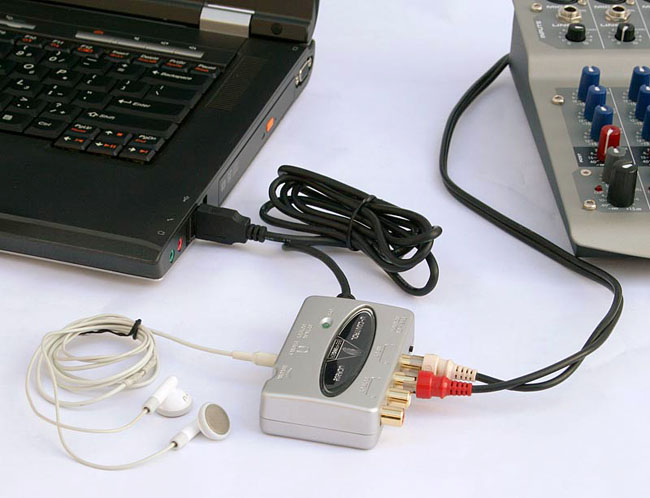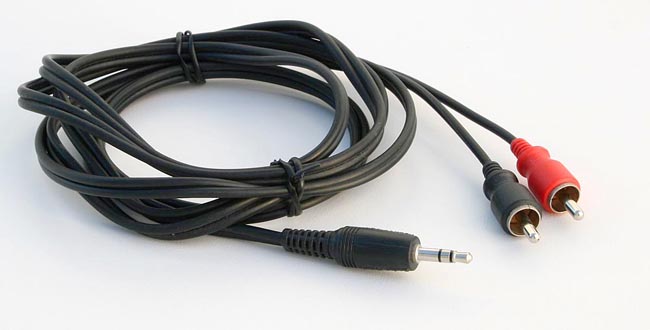Thank you for your help. I haven’t downloaded any version of Audacity yet. Here’s the story. I have an hp pavillian dv7 t 1000 notebook pc, 64 bit running Windows 10 with soon to be 8 gigs or ram. The computer is over 11 years old. It still runs great. I have about 500 hours of dat tapes that I recorded way back in 2000 with a Tascam DAP1 that still sound great, and the DAP1 still runs great, but… It’s well past the time to get these tapes onto a more stable medium. Please tell me if this sounds correct. I’d like to take the spdif out of the Tascam DAP1 run it into the spdif in of either a Motu or Focusrite usb interface and into Audacity, save the files to my computer then onto some SD cards. Can all this be done in Audacity? Most of my dats are 64 min and 34 min. with a few that are 120 min. I’d like to transfer 1 whole tape at a time, with the exception of the 120’s. What have I left out? What should my computer requirements be to accomplish this? What are the limits within Audacity that I should be aware of? Thanks again for any help. Everyone please stay safe out there.
the spdif out of the Tascam DAP1 run it into the spdif in of either a Motu or Focusrite usb interface
And then when that doesn’t work, invest in a simple, good quality analog to USB adapter such as a Behringer UCA-202 and a headphone adapter cable.


DAT machines have a history of not playing their tapes through the digital connection. Many broadcast and movie sound captures have been presented to the client through the headphone socket and an adapter.
If you only have one DAT machine, your chances of getting through the whole pile is nearly zero.
Have I been Debby Downer enough? Can I guess you haven’t been burned by DAT? Listen for clicking and popping bitstream damage through the course of the shows. It is strongly recommended you be there listening carefully through each digital transfer.
Other than that it sounds right. 2-hour perfect quality WAV (not MP3) comes in at 1.27GB. Actually, higher. DAT runs at 48000 sampling, not 44100.
Koz
The only time that I’ve recorded from spdif was with a very cheap SoundBlaster card using coax spdif from an ARCAM CD player. The ARCAM has both coax and optical spdif but the budget SoundBlaster only had coax). It worked extremely well.
Recording from spdif seems to rely on a certain amount of luck as to whether the devices want to play nicely together (I was lucky). From my limited experience, it is essential that you match the sample rates of the devices. (I used 48000 Hz throughout).
If spdif doesn’t work, the fallback solution is analog recording.
One more. Archive hygiene calls for you to store valuable work in two different places. Cloud is one, external drive is one, thumb drives is one and internal hard drives is one. Two folders or directories on one drive does not count.
I guess multiple thumb drives counts. The metaphor is being able to point to two different places that have your work. I once tore a computer apart when the C:/ drive was a wreck but the D:/ drive was still alive. That one was close, but two different things or locations.
I send valuable backups from Los Angeles to my sister in Schenectady.
Koz
either a Motu or Focusrite usb interface
If you already have an interface with an S/PDIF input I’d certainly try it! I’ve never had a DAT machine but a lot of people seem to have trouble with digital transfers so you’d be taking a risk if you buy one.
Or, most of these interfaces have switchable mic/line inputs so you can still make a digital-to-analog-to digital recording if direct-digital fails.
Like Koz was saying, analog quality can be excellent (with line-level signals). Low-level microphone or phono signals have to be amplified so they are more noise-prone, and you can have frequency response variations or distortion with “analog originals”. Assuming your DAT tapes were recorded from an analog or acoustic source, that original analog source would probably be the “weak link”.
I have an hp pavillian dv7 t 1000 notebook pc, 64 bit running Windows 10 with soon to be 8 gigs or ram. The computer is over 11 years old.
As long as nothing “goes wrong” (no glitches/dropouts/interrupts) it’s just digital data and ANY computer will work.
Sometimes some other application/driver/process hogs the system for a few milliseconds too long, the recording buffer doesn’t get read in time, and you get buffer overflow while recording and a dropout/glitch. A “faster” computer sometimes helps, but that’s not the root problem. (With playback the danger is buffer underflow, when the buffer doesn’t get re-written in time.)
What kind of hard drive does your system have? Solid State Drive or spinning metal? Solid State Drives run blisteringly fast compared to horsing that mechanical head armature back and forth across the metal tracks. If your system has been active for a long time, you should see about defragmenting and checking for errors before you start.
This is not like writing spreadsheets, composing a letter, or touching up a picture. Once started, this is a garden-hose of dense, solid data for two hours non-stop.
I’m just sayin…
Koz
There it is.
This is what’s going on inside. All those things on the right are pried open hard drives.
https://www.youtube.com/watch?v=oqwZzuOXYPU
Koz
Thanks everyone for all the info, it’s greatly appreciated. This computer has a spinning hard drive. I know that the DAP1 wont make it through all the tapes before breaking down. I sent it in numerous times when using it to record years ago. It would work for a few months, then the capstan would fail. At least there are a few options out there to get the job done, time consuming as it will be. Thanks again everyone for all your help. I’ll post with how this turns out. Fingers crossed. Take care and stay safe.
Please do, and good luck with your recording ![]()